Thanh Son district cultural camp carries the cultural identity of the Muong people.
The cultural camps are impressively designed and decorated, highlighting the political, economic, cultural and social achievements and the typical products, goods and cultural identities of each region. The general layout of the camps includes: Camp house, camp gate, exhibition booths introducing typical products, propaganda, promotion of socio-economic development, culture, tourism and common grounds.
Leaving a strong impression on visitors is the Cam Khe district cultural camp with its traditional bamboo-roofed house. The structure of the main camp consists of a 3-room main house and 2 side houses attached and perpendicular to the main house, forming an overall shape simulating a 3-room, 2-wing house, which was previously a very popular and familiar house in the midlands and northern delta. The unique feature is that the camp house minimizes partitions to maximize the space between the rooms and compartments to facilitate the activities of many people.
The entire house frame is made of bamboo, the roof is covered with palm leaves. Bamboo is a familiar and popular plant of the Vietnamese people, especially in the midlands and mountainous areas. Palm trees and palm leaves are typical of the Ancestral Land - "palm forests, tea hills". The use of these materials evokes the traditional, rustic features of the Ancestral Land and is also environmentally friendly.
The unique highlight of the camp gate is the 4 cylinders shaped like fish traps, also completely bent from bamboo. This unique shape has attracted the attention of visitors from afar. This is a symbol of labor, production, and a familiar fishing tool of the ancient Vietnamese people.
Highlight of Cam Khe district camp gate.
Ms. Nguyen Hai Anh - a tourist from Hanoi shared: "When visiting Hung Temple, my family and I not only burned incense to express gratitude and commemorate the Hung Kings, visit the relic site, but also see many unique cultural features of Phu Tho through the space of cultural camps. The Cam Khe district cultural camp made me stay longer to admire and I was also very impressed with the camp space of the ethnic minorities here."
A corner of Doan Hung district cultural camp.
Cultural performance space of Muong people, Tan Son district.
Coming to this year's cultural camp, Tan Son, Thanh Son, Yen Lap, Doan Hung districts brought the typical stilt house architecture of the Muong ethnic group (Tan Son, Thanh Son, Yen Lap) and the Cao Lan ethnic group (Doan Hung). The space above the stilt house is a place to welcome guests, a space for living and cozy conversation, while below the stilt house, unique local products and artifacts in the cultural life of ethnic minorities are displayed. In particular, Thanh Son district's cultural camp also has a space to display Muong ethnic culture.
The cultural camp of Viet Tri city from the entrance gate, the roof of the camp is curved like the wings of a crane, combined with modern decoration to create a cozy space, carrying the breath of a youthful industrial city but still imbued with the indigenous cultural values of the festival city returning to the roots of the Vietnamese people.
Phu Tho town cultural camp with a shape simulating a bronze drum, unique open space.
Lam Thao district cultural camp.
As an ancient land that still preserves many cultural heritages bearing the mark of Hung King Worship, Lam Thao District Cultural Camp brings unique architecture, typical of agricultural residents of the Northern Delta and typical products of the "Land of rice, land of culture" region.
Comrade Nguyen Hong Phuong - Deputy Director of the District Center for Culture, Sports, Tourism and Communications said: This year, Lam Thao District Cultural Camp recreates the traditional house architecture of the people in the ancient Northern Delta region, with a 3-room house, 4 rows of wooden pillars, and a surrounding fence decorated with Hung King era motifs on a laterite foundation, inspired by the ancient houses and remaining walls in Son Vi commune. In particular, on the basis of exploiting the Hung King worship belief, the district's cultural camp is designed with images and motifs of a bronze drum on both sides of the house, along with the word "Tho".
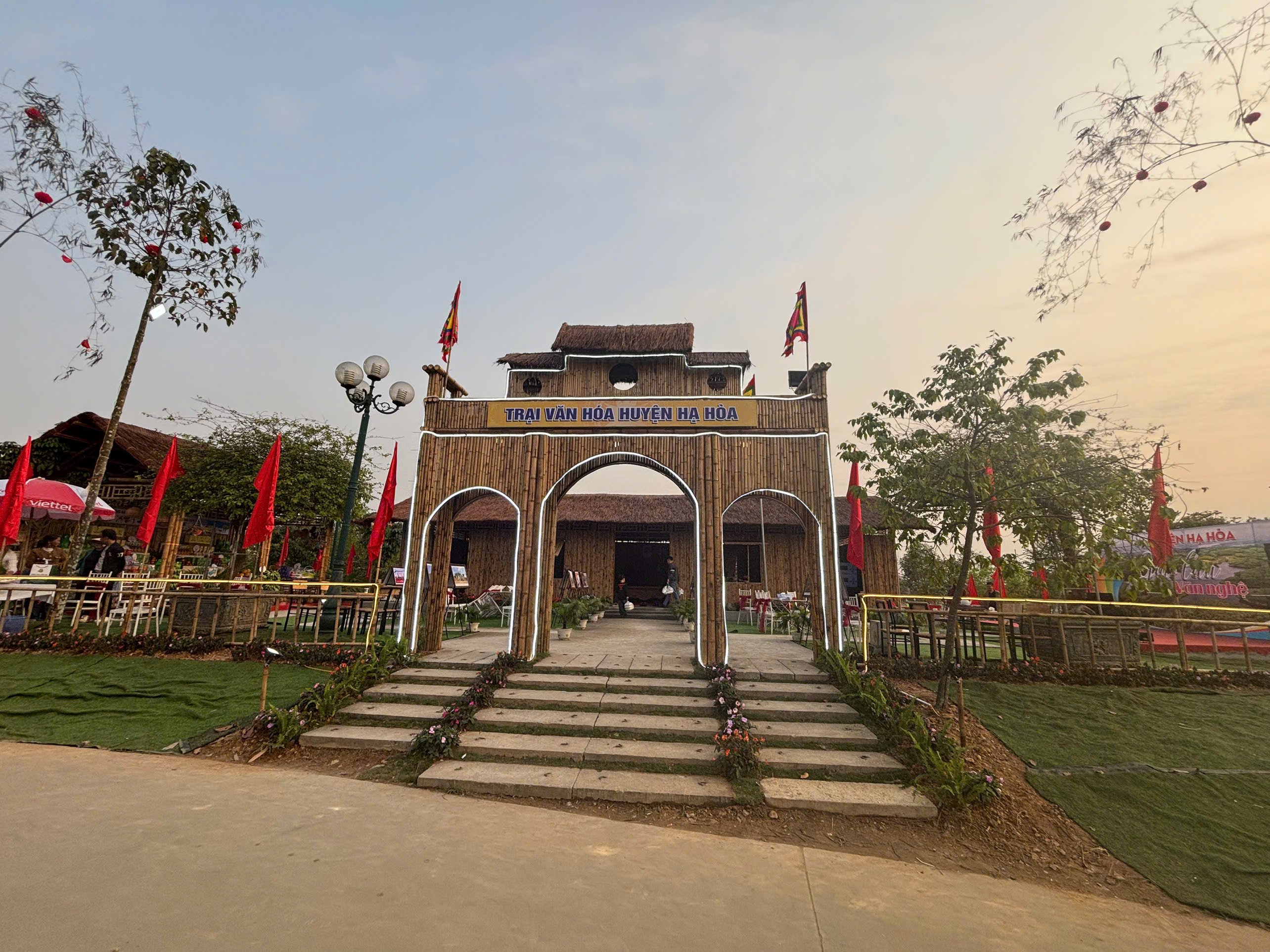
It can be seen that most cultural camps of districts, towns and cities exploit the lines and architecture simulating local traditional houses or are creative on the basis of bronze drum patterns and Hung King era culture through harmonious designs, layouts and interior decorations, imbued with the cultural identity of each locality.
Visiting cultural camps, tourists will have the opportunity to experience the unique culture, admire handicraft products, traditional cuisine; listen to Xoan singing, Gheo, folk performances. The camp will contribute to honoring the cultural values of the Ancestral Land, creating opportunities for exchange, learning, promoting the spirit of solidarity and cohesion between localities, leaving a good impression of the land and people of Phu Tho in the hearts of compatriots and tourists from all over.
Vy An
Source: https://baophutho.vn/doc-dao-kien-truc-trai-van-hoa-cua-cac-huyen-thanh-thi-230501.htm


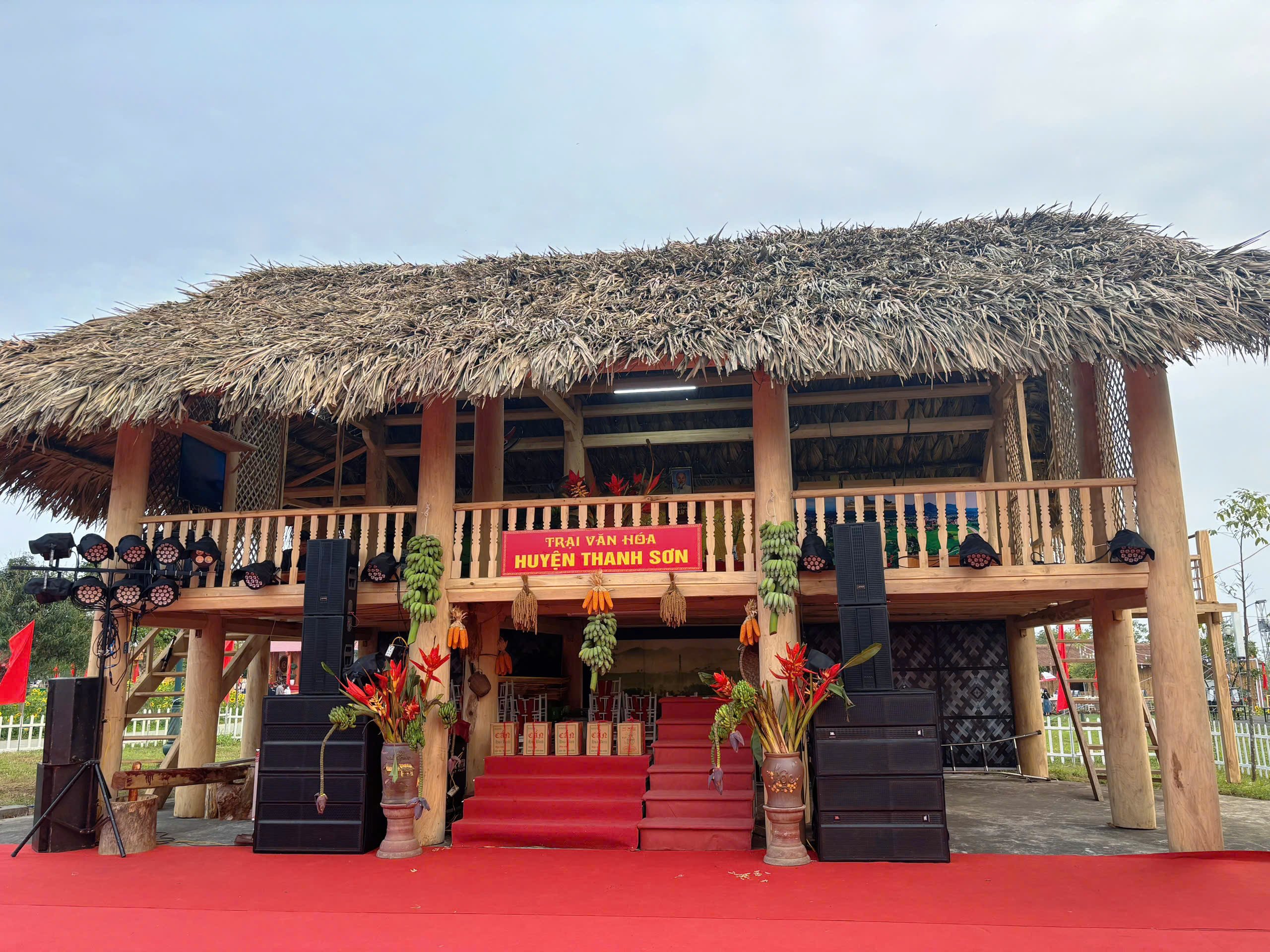
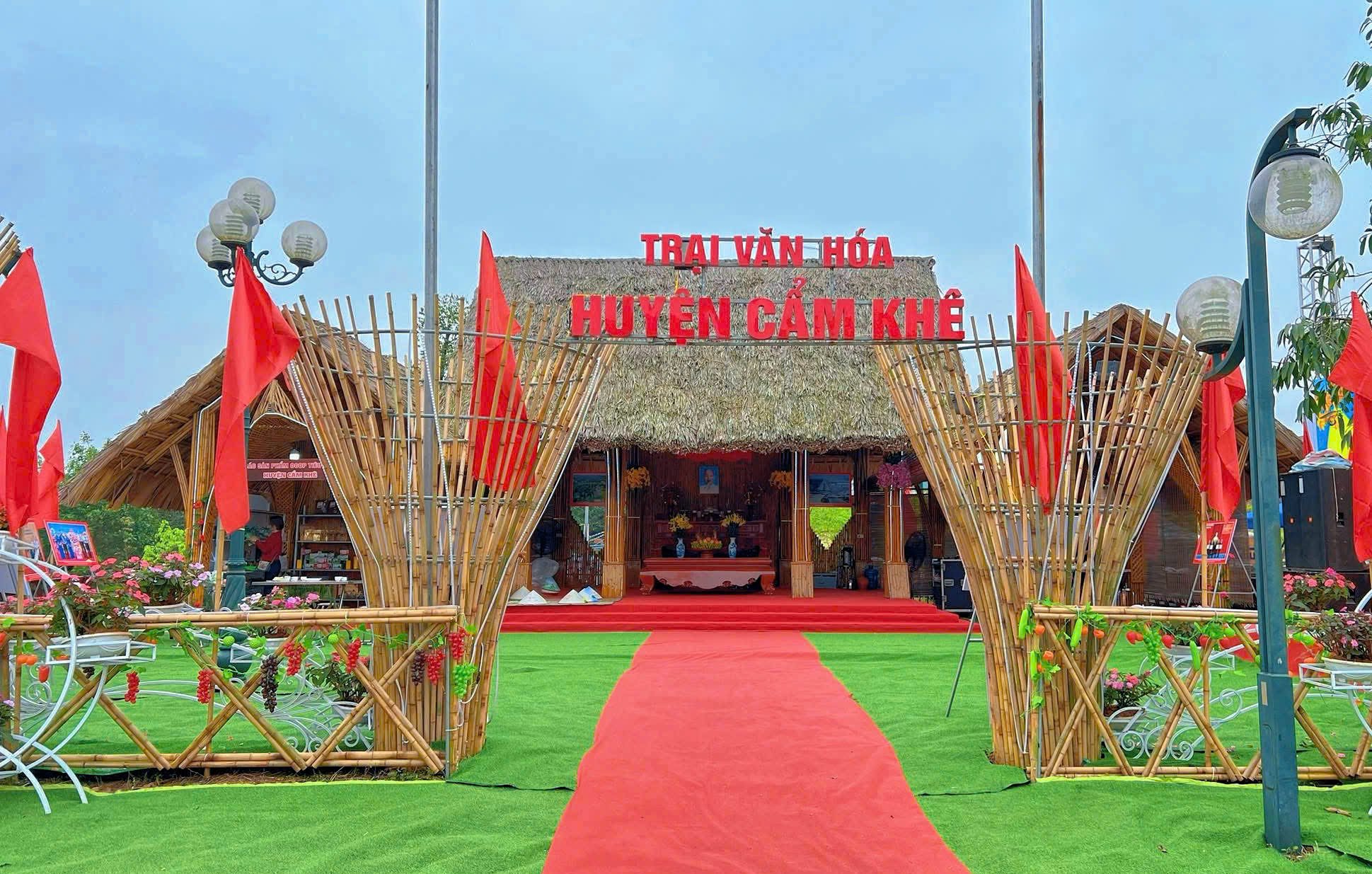
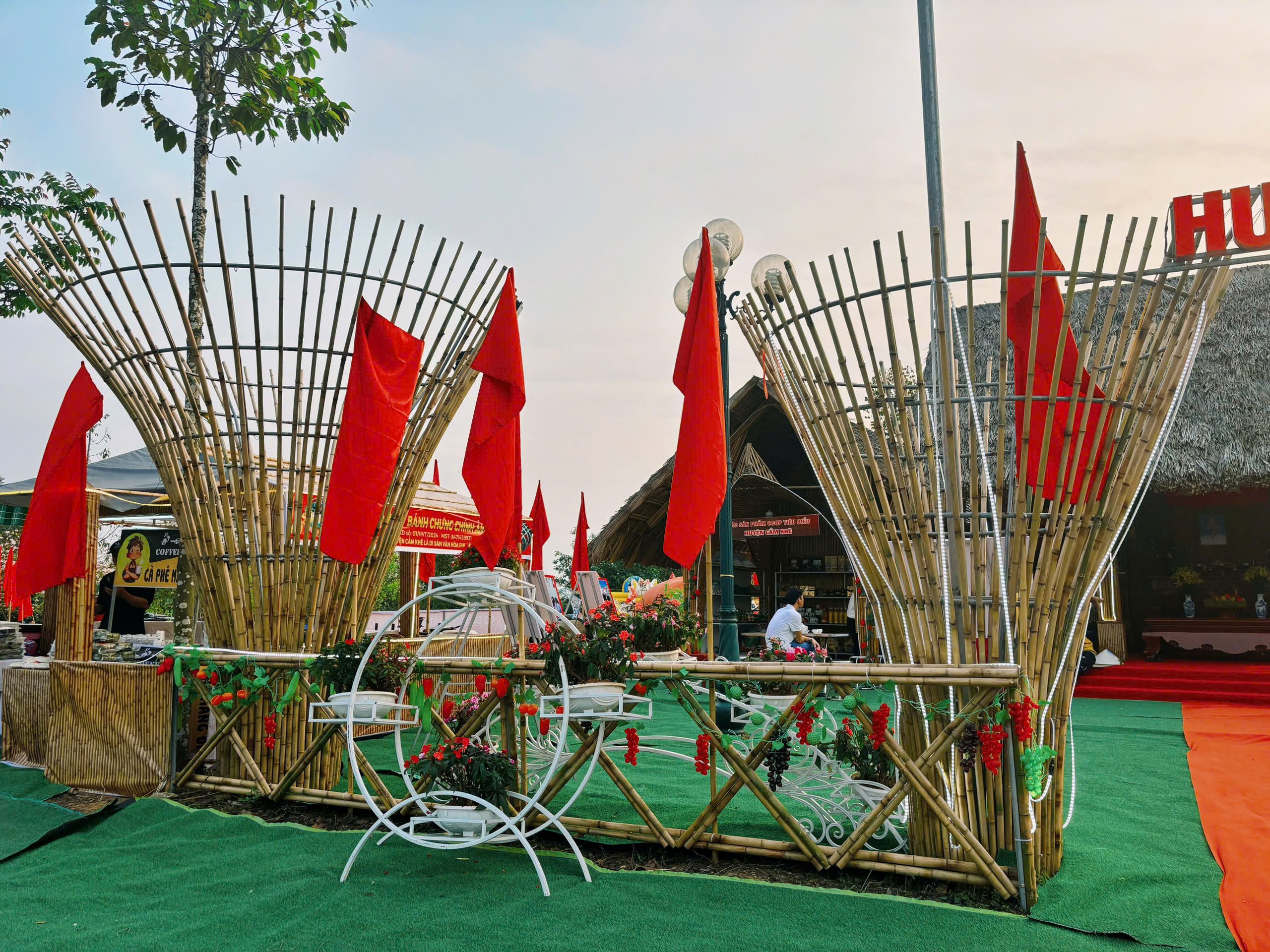

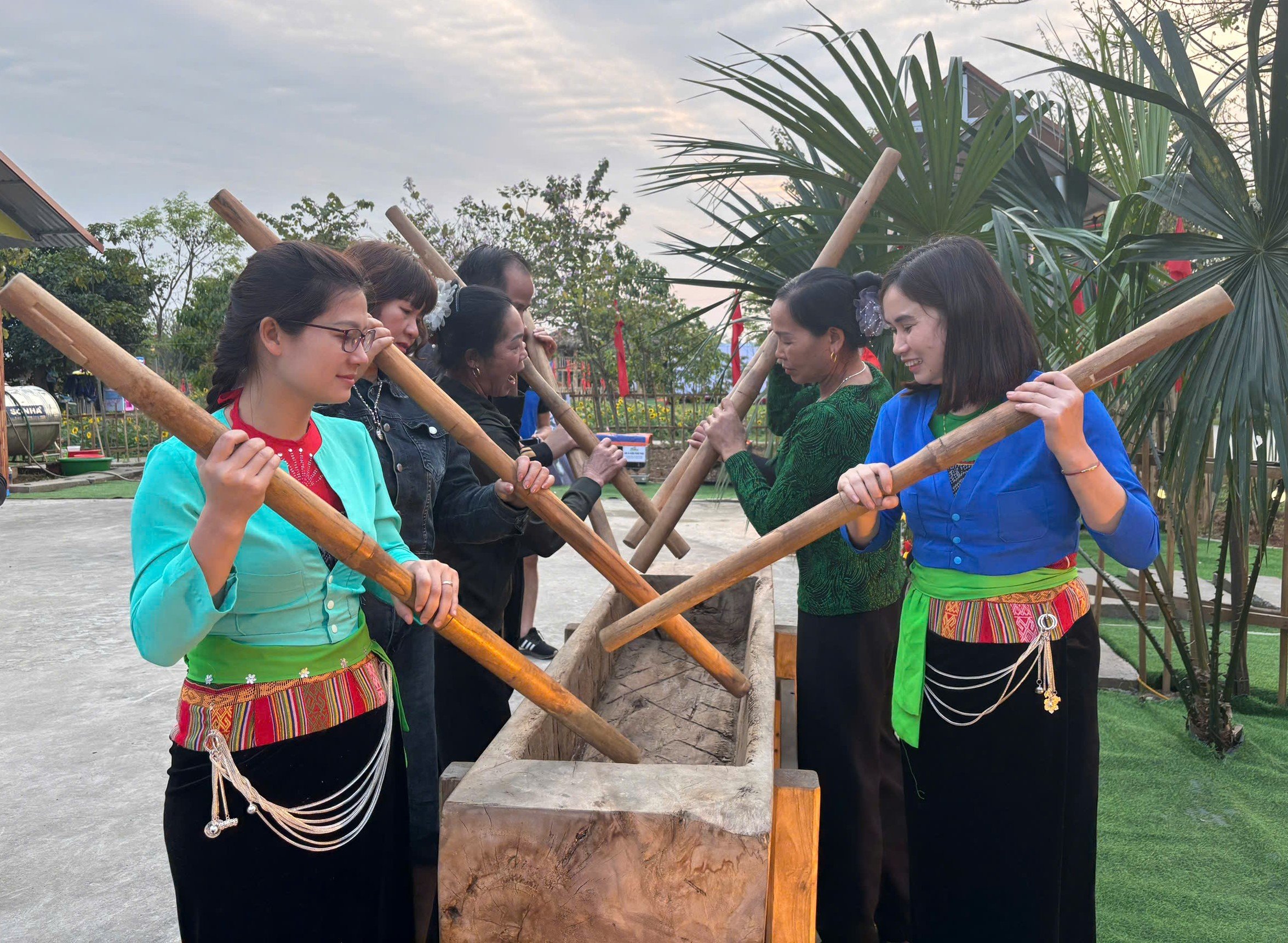
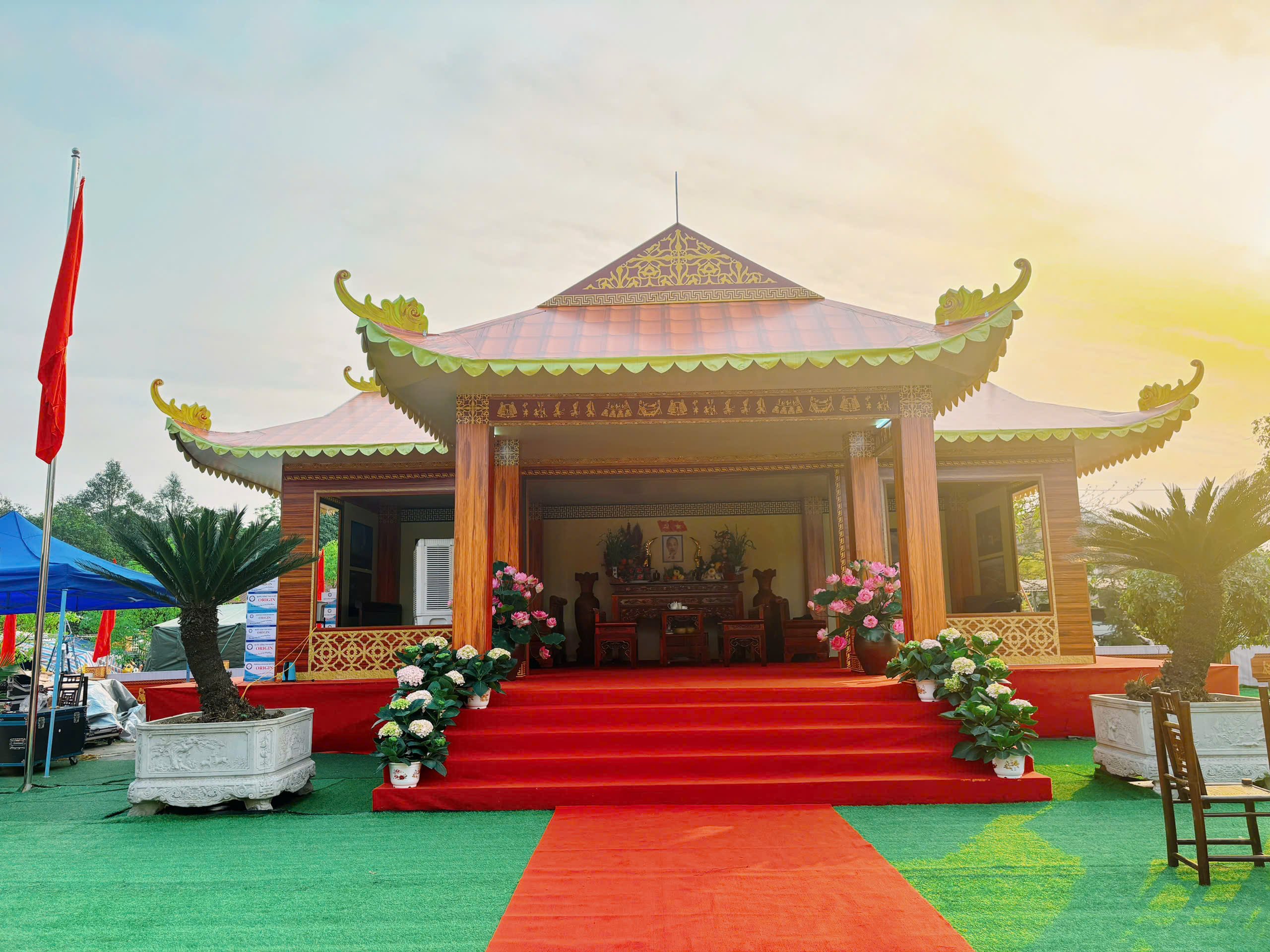
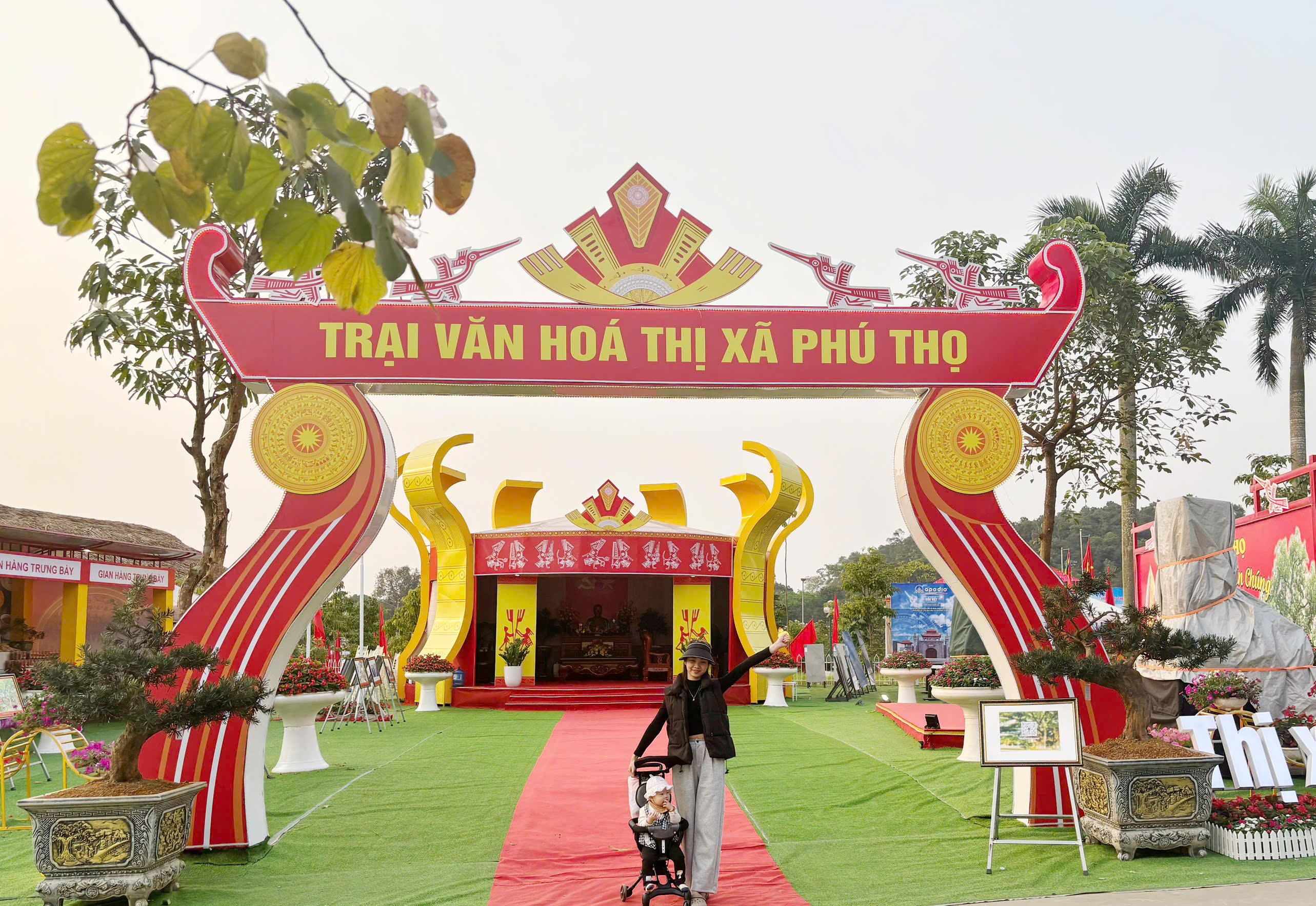
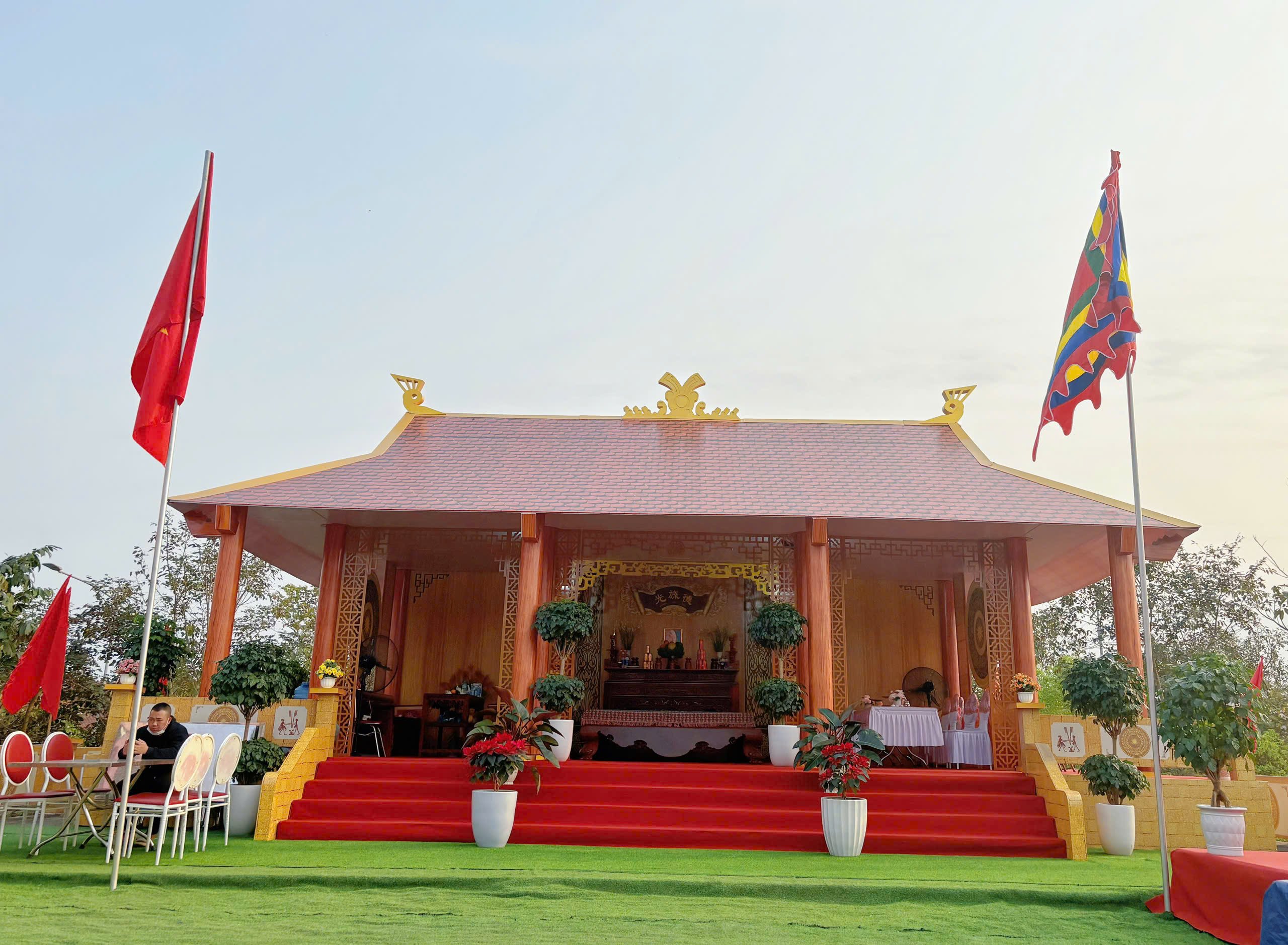



![[Photo] Overcoming all difficulties, speeding up construction progress of Hoa Binh Hydropower Plant Expansion Project](https://vstatic.vietnam.vn/vietnam/resource/IMAGE/2025/4/12/bff04b551e98484c84d74c8faa3526e0)

![[Photo] Closing of the 11th Conference of the 13th Central Committee of the Communist Party of Vietnam](https://vstatic.vietnam.vn/vietnam/resource/IMAGE/2025/4/12/114b57fe6e9b4814a5ddfacf6dfe5b7f)
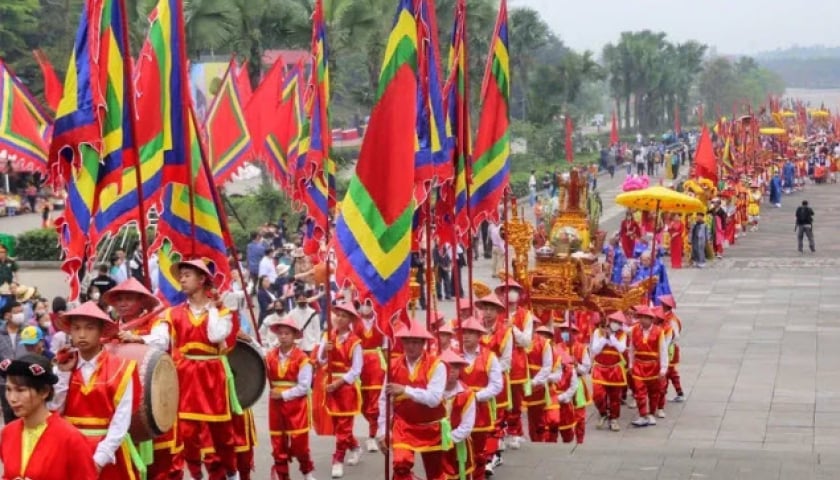

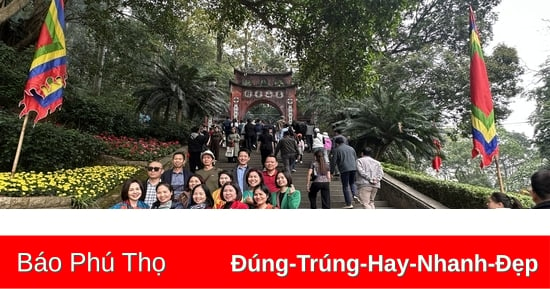

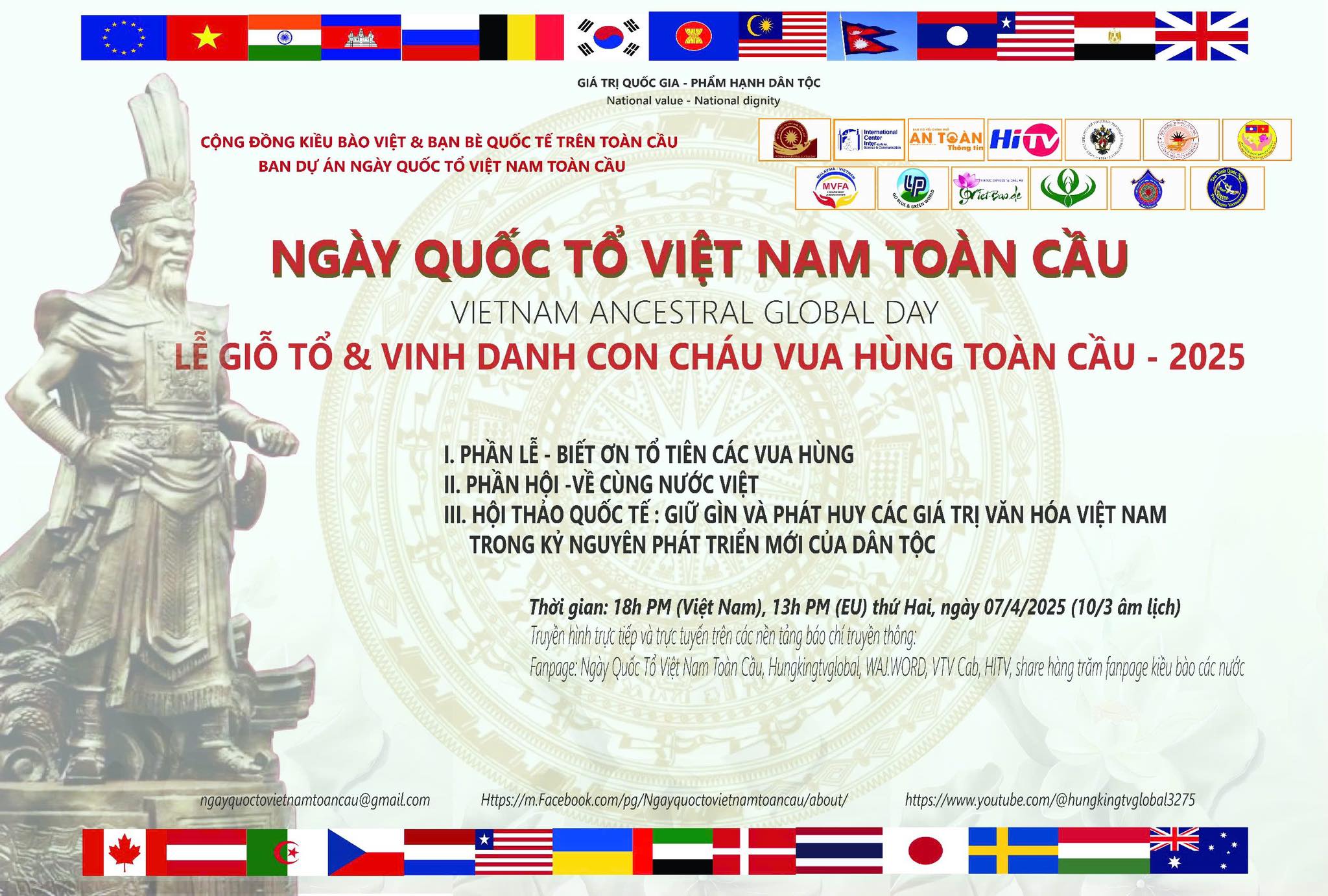



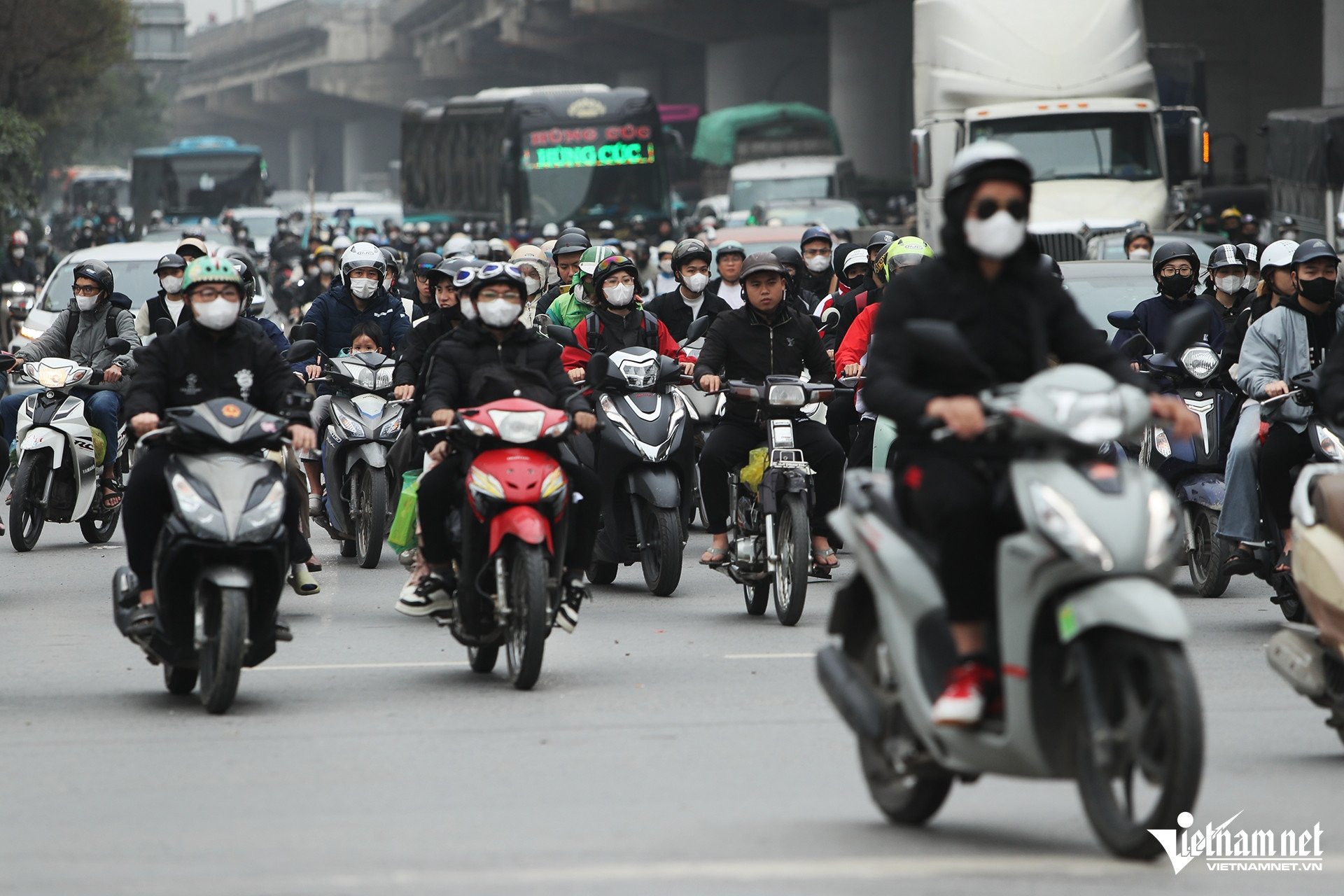

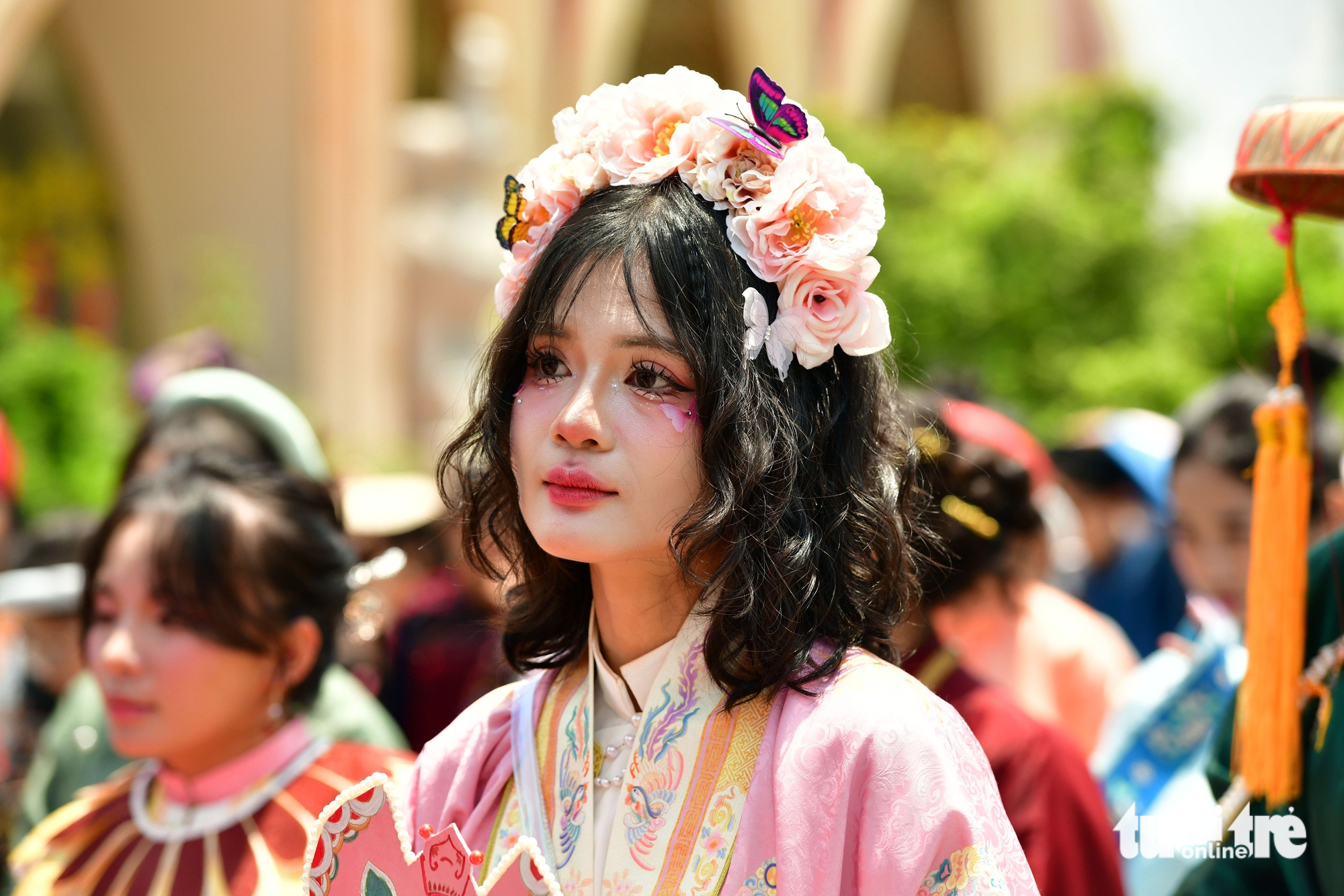

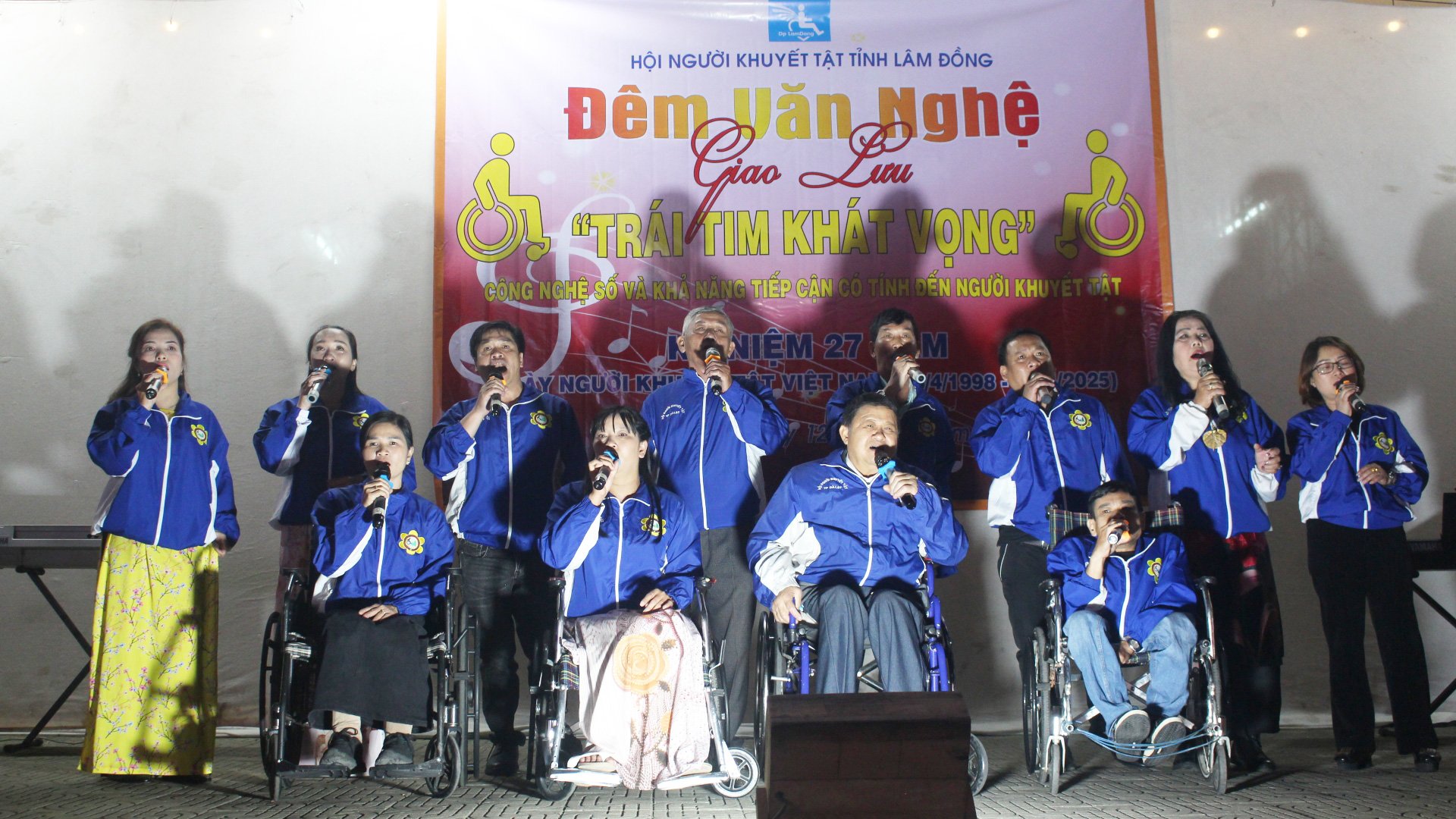
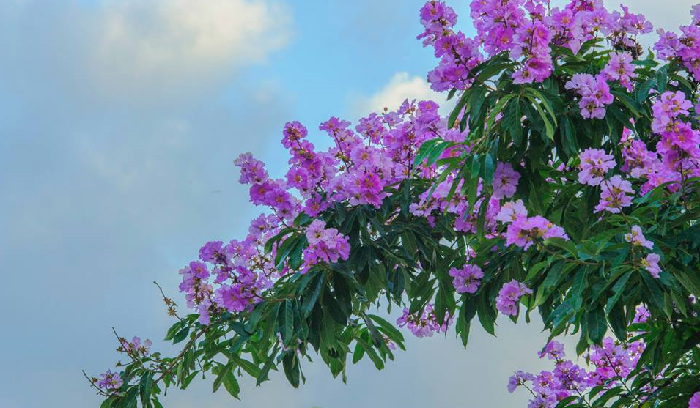
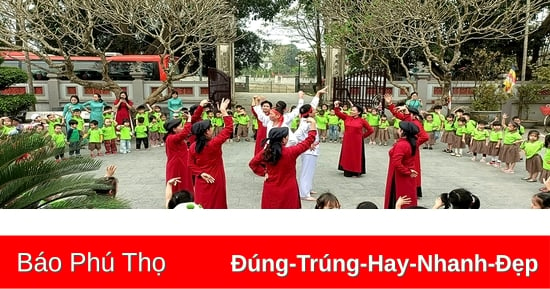


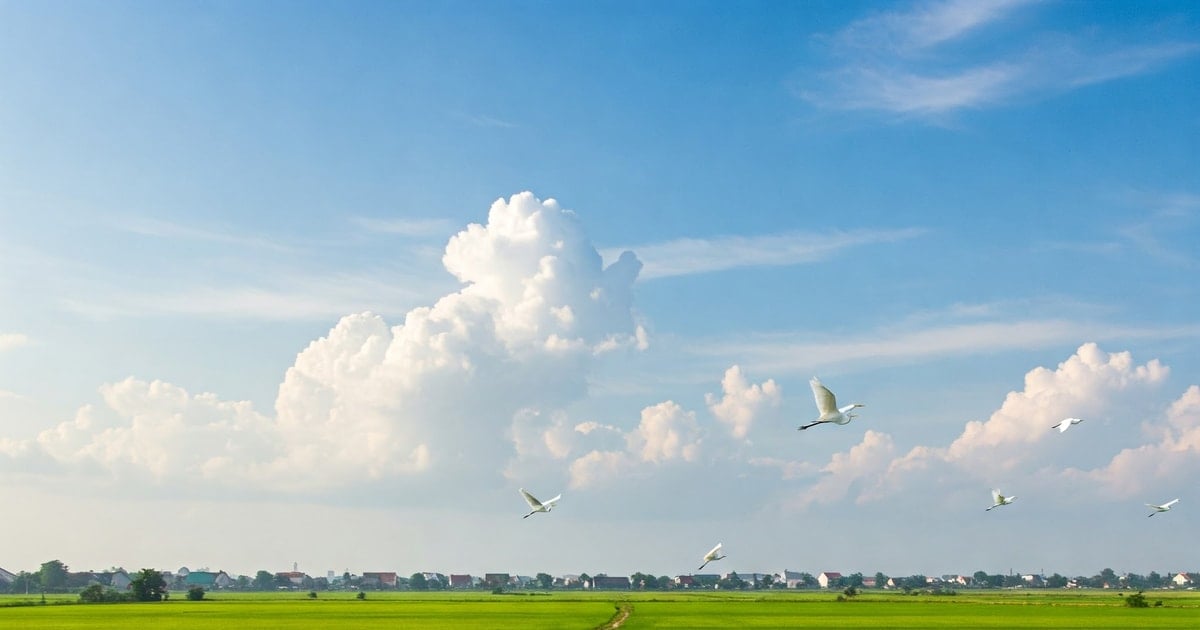



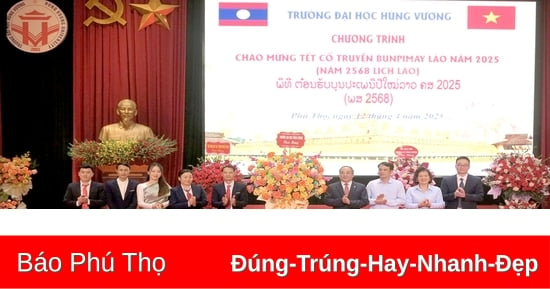
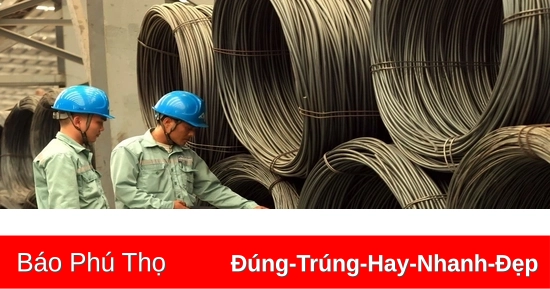
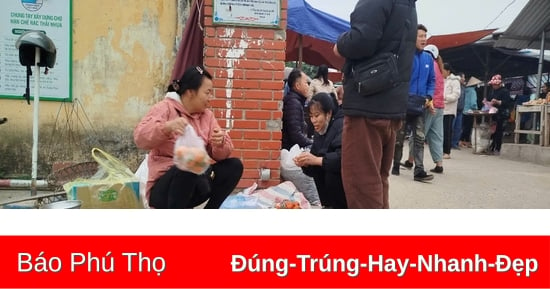

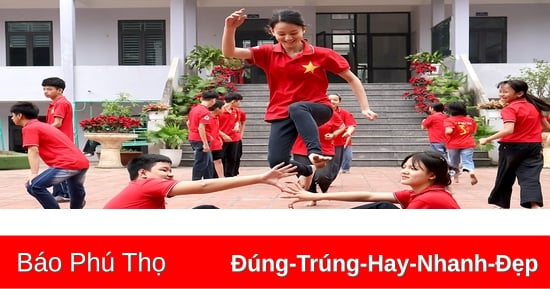
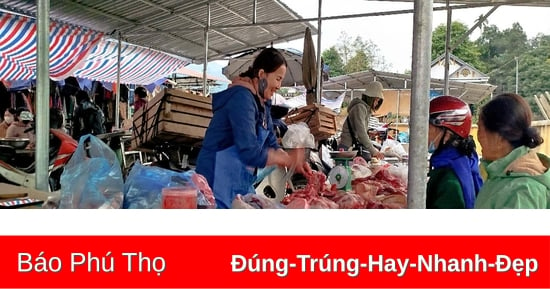































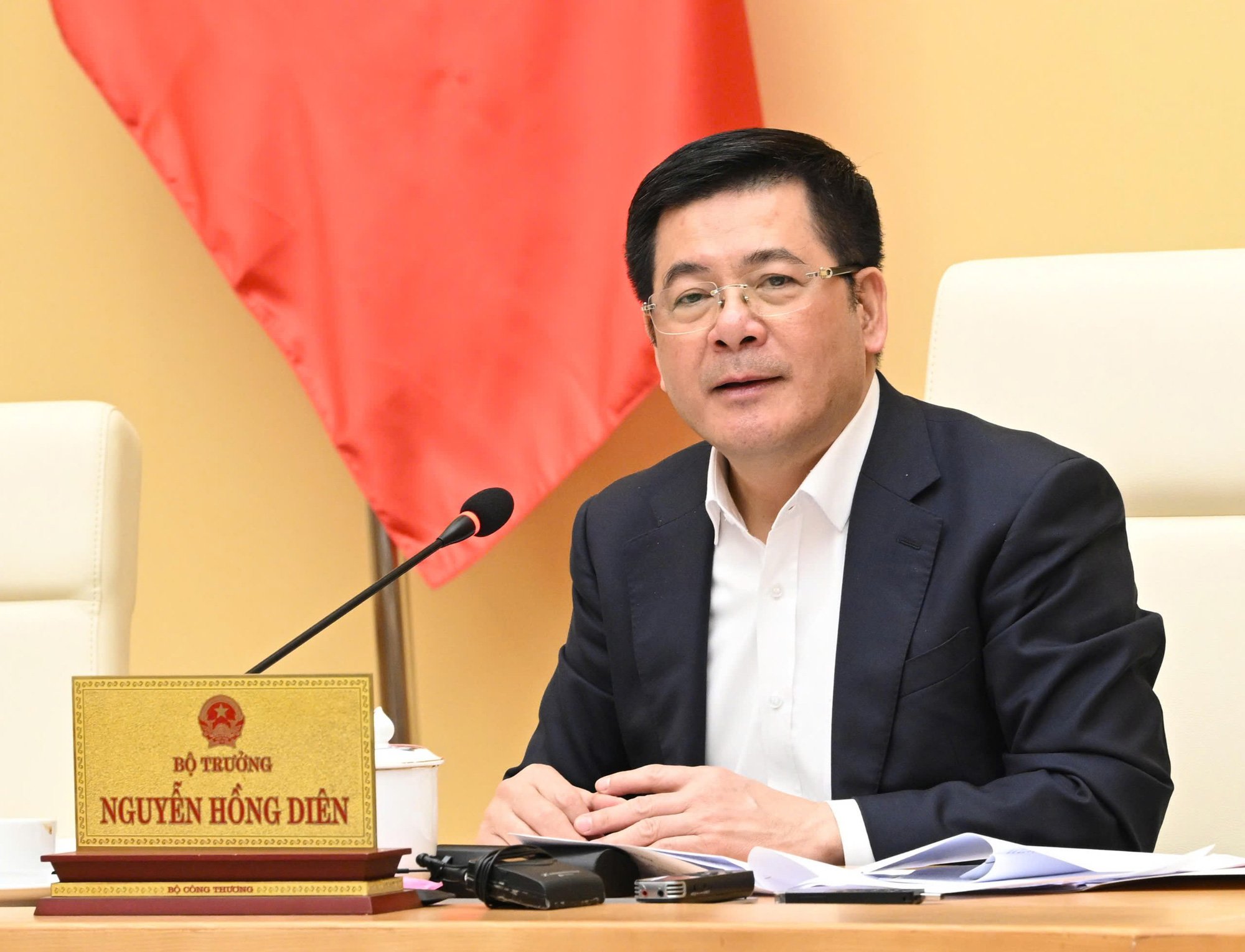
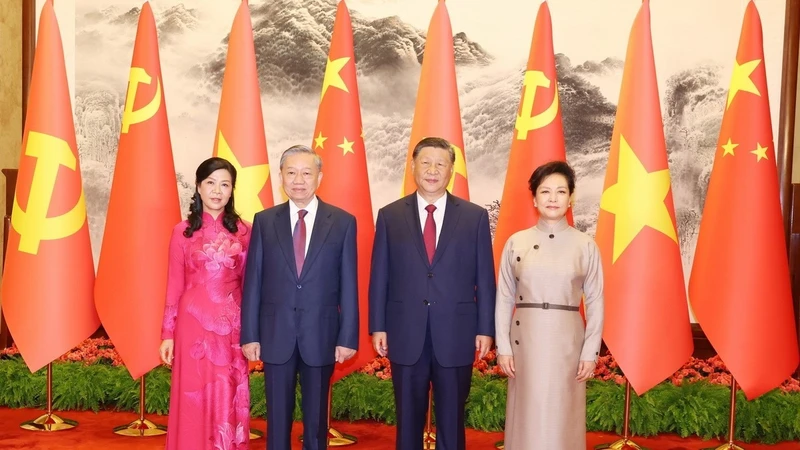










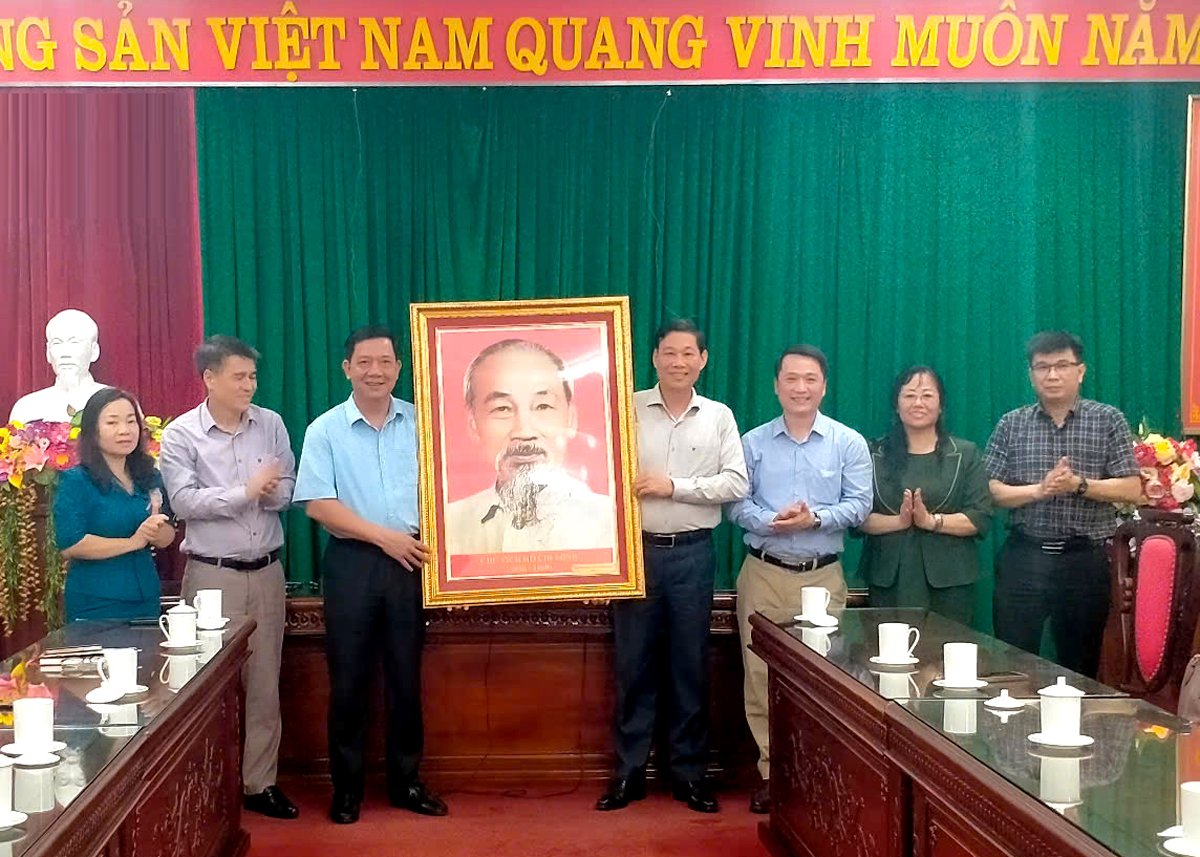


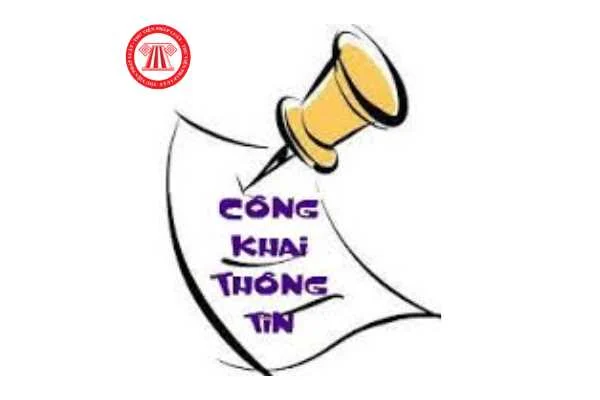
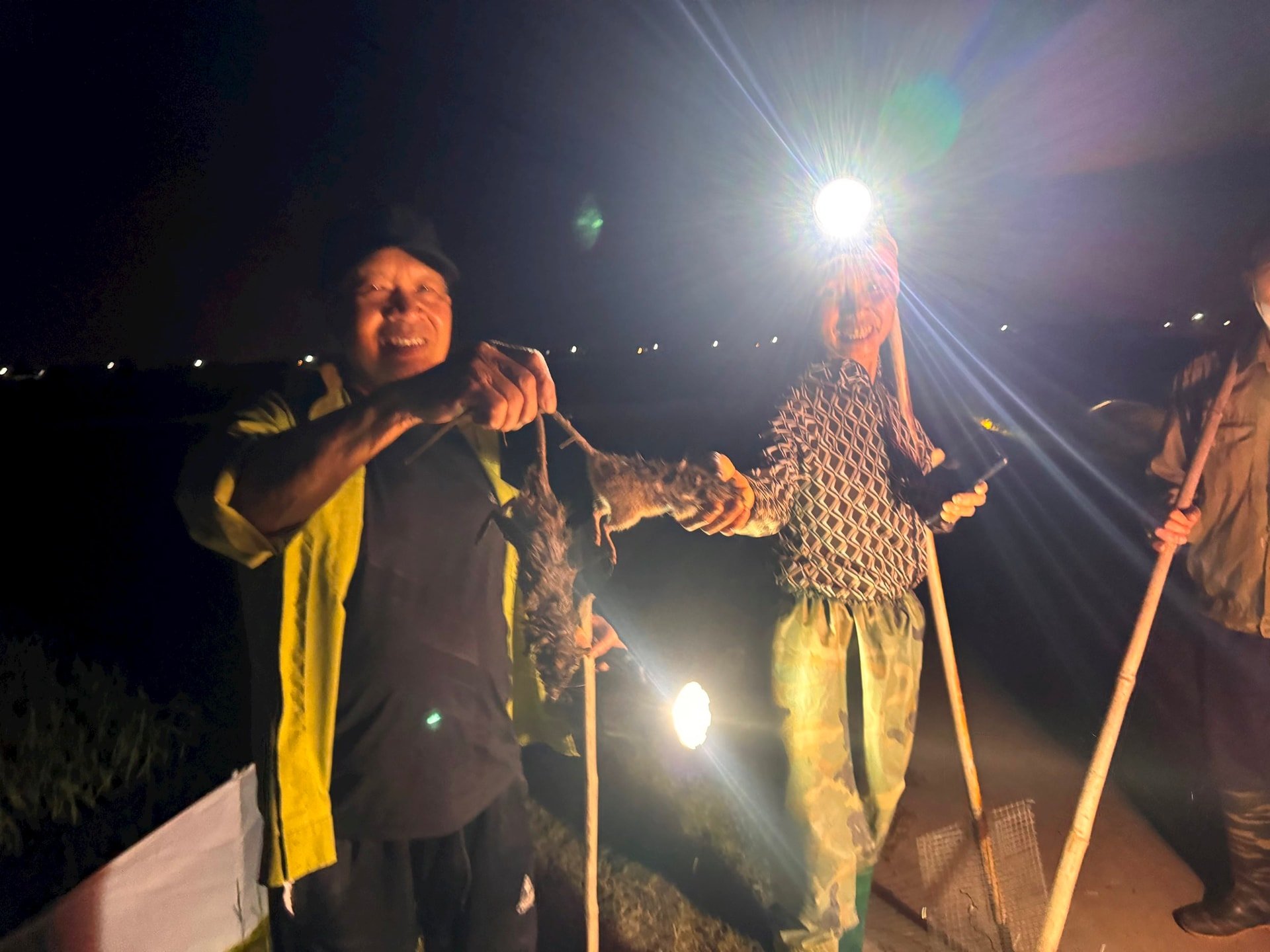

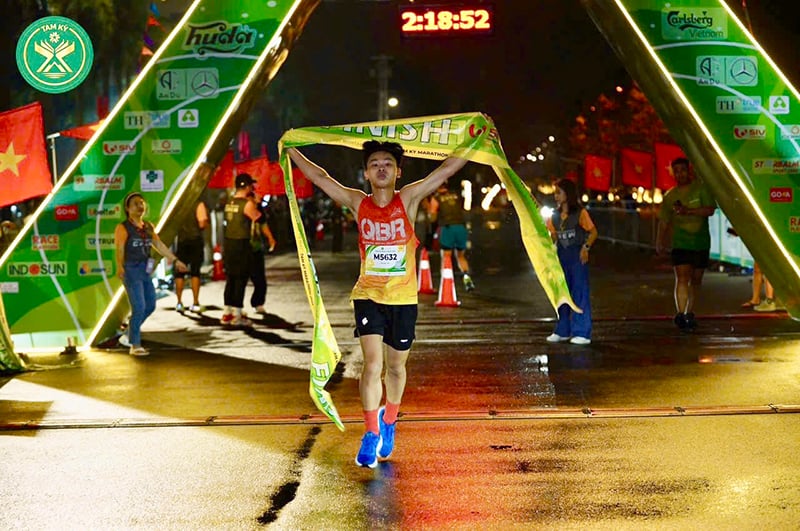










Comment (0)